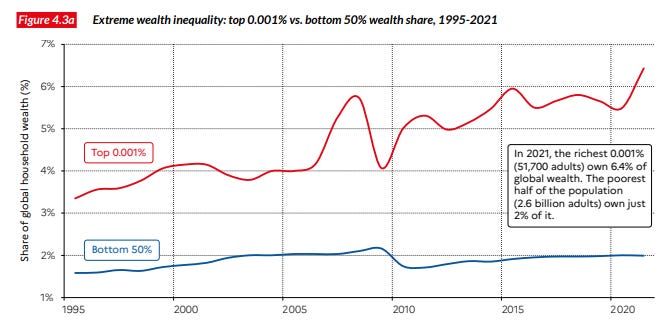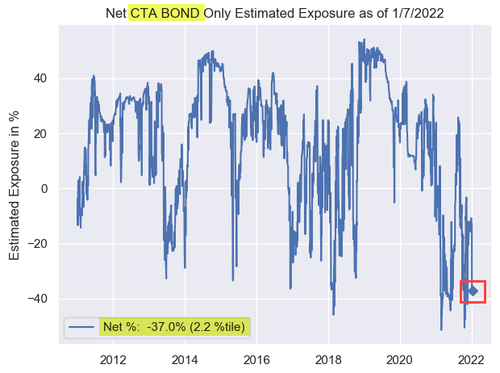Implications from the Federal Reserve’s Paper
Our first comment is that every monetary change from the Founding of America through present has been to move away from free markets, and to adulterate our currency. An analogy could be made to the Ship of Theseus, with each good plank replaced with an unsound board. A Zombie Ship of Theseus, decaying, but still afloat.
Let’s walk through the Fed’s paper. The very firstparagraphon page 1 says, “The Federal Reserve, as the nation’s central bank, works to maintain the public’s confidence by fostering monetary stability, financial stability…”
Monetary stabilityis defined as2% debasement per annum, an Orwellian twist. Andfinancial stabilityin the Fed’s regime is a myth.Interest rates shot the moon between 1947 and 1981, and since then have been falling—with volatility—into the black hole of zero.Meanwhile debt grows exponentially, and the marginal productivity of debt—how much GDP is added for each new dollar of debt—falls decade after decade. It is not only unstable, but unsustainable, heading towards an ultimate heat death of the economic universe.

“CBDC is defined as a digital liability of a central bank that is widely available to the general public.” In other words, it’s like holding a paper dollar bill except it’s digital. Which implies several things:
- The Fed could muscle out the banks from the demand deposits business
- The Fed could buy all the assets, which the banks now finance with demand deposits
- Thus, money and payment services could become more socialized
- The government could declare paper is no longer legal tender, thus forcing everyone into CBDC
- The government could track who spends their CBDC, and what they buy
- This spending data could be used in a social credit score system
…click on the above link to read the rest of the article…







/confused-confusion-571b8bf35f9b58857db47336.jpg)







